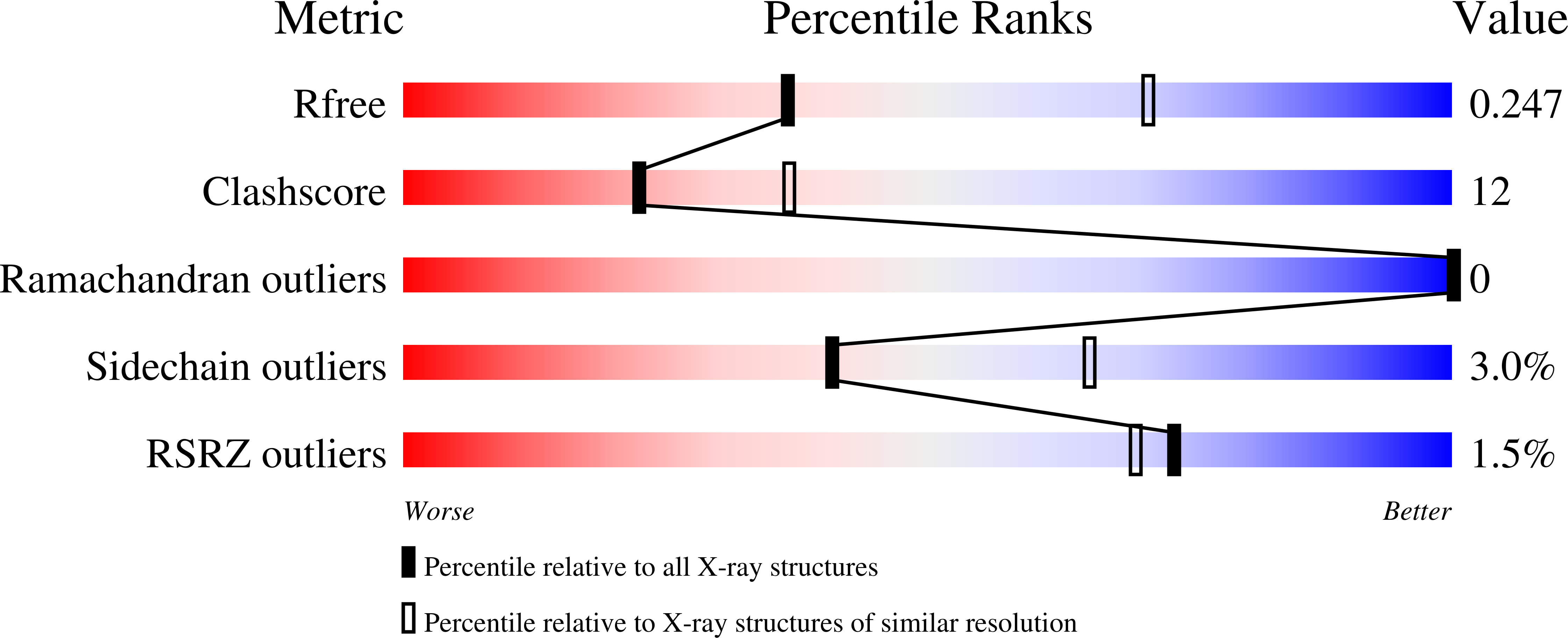Mechanistic plasticity in ApmA enables aminoglycoside promiscuity for resistance.
Bordeleau, E., Stogios, P.J., Evdokimova, E., Koteva, K., Savchenko, A., Wright, G.D.(2024) Nat Chem Biol 20: 234-242
- PubMed: 37973888
- DOI: https://doi.org/10.1038/s41589-023-01483-3
- Primary Citation of Related Structures:
7UUK, 7UUL, 7UUM, 7UUN, 7UUO - PubMed Abstract:
The efficacy of aminoglycoside antibiotics is waning due to the acquisition of diverse resistance mechanisms by bacteria. Among the most prevalent are aminoglycoside acetyltransferases (AACs) that inactivate the antibiotics through acetyl coenzyme A-mediated modification. Most AACs are members of the GCN5 superfamily of acyltransferases which lack conserved active site residues that participate in catalysis. ApmA is the first reported AAC belonging to the left-handed β-helix superfamily. These enzymes are characterized by an essential active site histidine that acts as an active site base. Here we show that ApmA confers broad-spectrum aminoglycoside resistance with a molecular mechanism that diverges from other detoxifying left-handed β-helix superfamily enzymes and canonical GCN5 AACs. We find that the active site histidine plays different functions depending on the acetyl-accepting aminoglycoside substrate. This flexibility in the mechanism of a single enzyme underscores the plasticity of antibiotic resistance elements to co-opt protein catalysts in the evolution of drug detoxification.
Organizational Affiliation:
David Braley Centre for Antibiotics Discovery, M.G. DeGroote Institute for Infectious Disease Research, Department of Biochemistry and Biomedical Sciences, McMaster University, Hamilton, Ontario, Canada.
















